In my data, I have 5 variables. The first (“groups”) names various diseases. The other four show STDs and p-values each with a value for the before-state (unadj) and the after-state (eb), i.e. STD_unadj, STD_eb, p.value_unadj and p.value_eb.
I would like to construct a figure that contains of two dot graphs (one for STD and another one for p-value) with each dot graph showing both the STD-values (p-values) before and after. As this is difficult for me to describe and therefore probably very hard for you to understand, I would have loved to attach a picture of a graph which looks exactly as I would like mine to look like. Unfortunately I am unable to do so. Therefore here is a link to a paper which conains such a graph on p.17:
http://pan.oxfordjournals.org/content/early/2011/10/15/pan.mpr025.full.pdf+html

The only thing I could manage to do in R so far is to create 4 separate graphs:
dotchart(x=STD_unadj, labels=groups, xlab="standardized difference in means",pch=19, lty=3, cex=0.7)
dotchart(x=STD_eb, labels=groups, xlab="standardized difference in means",pch=1, lty=3, cex=0.7)
dotchart(x=p.value_unadj, labels=groups, xlab="p-value: difference of means test",pch=19, lty=3, cex=0.7)
dotchart(x=p.value_eb, labels=groups, xlab="p-value: difference of means test",pch=19, lty=3, cex=0.7)
Do you have any idea on how I can combine these 4 graphs to one figure that looks like the example on my uploaded picture? Or should I begin and proceed completely different?
Thanks a lot for your help and advice!
Victoria